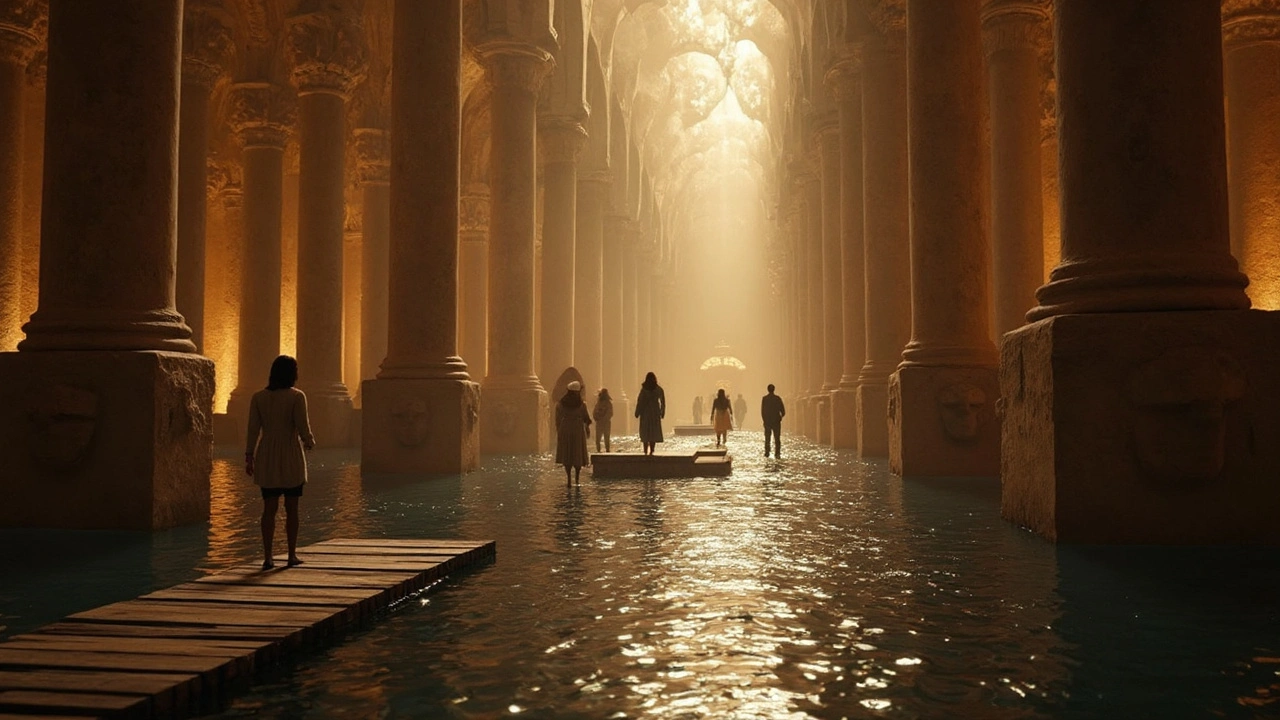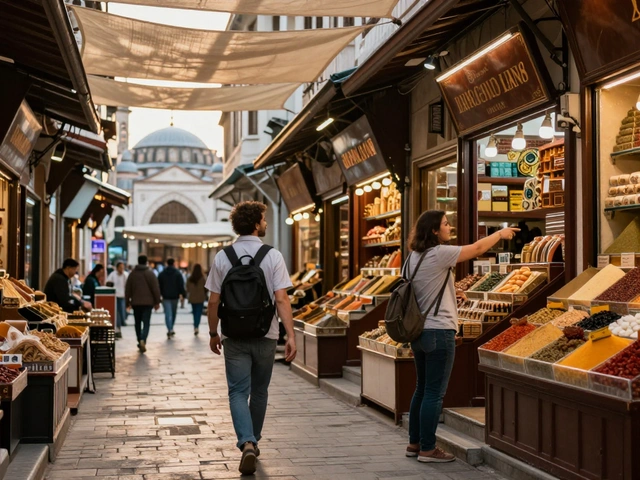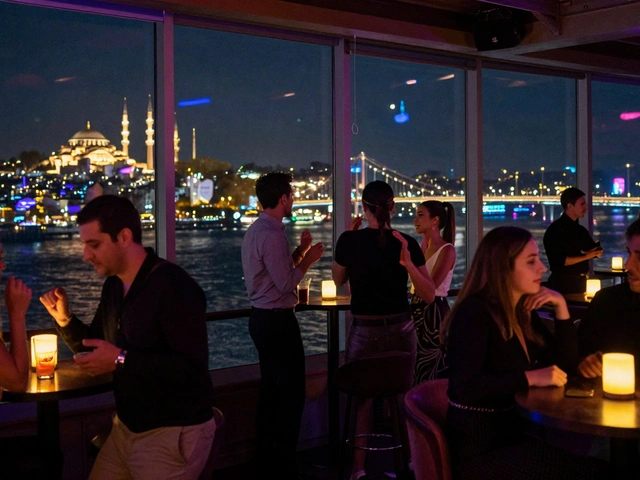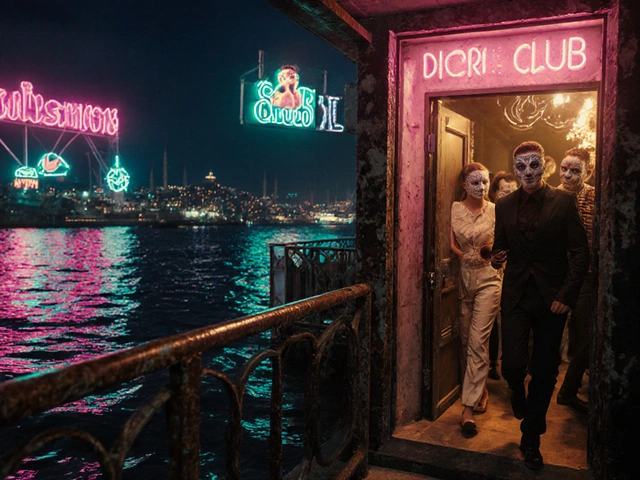Medusa Heads in Istanbul: Where Myth Meets the City
If you’ve wandered through Istanbul’s bazaars or snapped selfies at the Blue Mosque, you might have missed a quirky detail that many tourists overlook: the stone faces of Medusa tucked into the city’s historic buildings. These ancient‑looking heads aren’t just decorative – they’re a piece of myth, art, and engineering that adds a secret layer to your Istanbul adventure.
Spot the Famous Medusa Heads
First stop: the Basilica Cistern. Below the streets, rows of marble columns support the underground water tank. Look up at the tops of the columns and you’ll see two massive Medusa heads turned sideways, their eyes gazing out into the dim water. Legend says the faces were meant to ward off evil spirits, and the creepy glow of lanterns makes the effect even stronger.
Next, swing by the Hagia Sophia. While most visitors focus on the massive dome and mosaics, a quick glance at the lower walls reveals carved Medusa faces framed by decorative arches. They’re easy to miss unless you tilt your head down, but they’re there, adding a subtle touch of Greek myth to a building that has served as church, mosque, and museum.
If you have time for a quick coffee break, head to the historic Galata district. Some of the old stone houses along the narrow lanes feature small Medusa busts above doorways. These are less grand than the ones in the cistern, but they show how the motif spread to everyday architecture.
Why They Matter and How to Include Them in Your Itinerary
Medusa heads are more than eye‑catching stone; they’re a reminder of Istanbul’s layered past. The city sits on the crossroads of Greek, Roman, Byzantine, and Ottoman cultures, and the Medusa design survived each era because it symbolized protection and power. Knowing where they are lets you add a myth‑themed twist to any tour.
Here’s a simple plan: start your morning at the Basilica Cistern (arrive early to avoid crowds), then walk a short distance to Hagia Sophia. Both sites are within the Sultanahmet area, so you can grab a quick bite at a nearby café and still have time to explore the hidden Medusa details on the streets of Galata. Bring a small camera or phone – the angles are tricky, but a low‑angle shot will capture the heads perfectly.
If you’re into nightlife, consider a post‑tour visit to a rooftop bar near the Bosphorus. Some of the newer venues incorporate ancient motifs into their décor, and you might spot a modern reinterpretation of the Medusa eye in a neon sign. It’s a fun way to see how the old symbol lives on in today’s Istanbul vibe.
Finally, don’t forget to ask a local guide about any recent discoveries. Istanbul’s archaeological teams sometimes uncover new Medusa carvings in renovation projects, and a knowledgeable guide can point you to the latest hidden gem.
So next time you’re planning what to do in Istanbul, add “Find the Medusa heads” to your list. It’s a free, quick, and surprisingly rewarding hunt that turns an ordinary sightseeing day into a mini‑adventure through myth and history.








